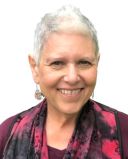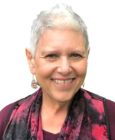
Creativity
The Science of Creativity
It isn't true that some people are creative and others aren't.
Posted February 16, 2014
I'm working on a new course on The Science of Creativity and so I've decided to feature some of the research and ideas from the course here at the blog.
We all have the potential to be creative. We just have to learn the process of creativity in order to get our creative ideas to flow and be implemented. One of the important parts of the creative process is to learn to recognize and store "seeds".
Have you ever had an idea about how to solve a problem? Or a new product to create? These are called creative "seeds". We all have creative ideas. But what you have to do is make sure that you recognize your creative ideas and store them.
I often have ideas for books, courses, or song lyrics or melodies (one of my newest pursuits is song writing). They may come to me at any time. I've had these "seed" ideas occur while in the shower, while on a walk, in the middle of the night, and while at yoga class. These seeds are often fleeting and transient, so the first thing you have to do is make sure you a) recognize that you just came up with a seed, and b) record it. I've now gotten into the habit of always taking pen and paper and my iphone everywhere I can so I can record seeds (ok, I don't take them into the shower).
The more seeds you recognize and record the more you will notice.
Do you recognize and record seeds?
In future posts I'll talk about the other steps in the creative process.

